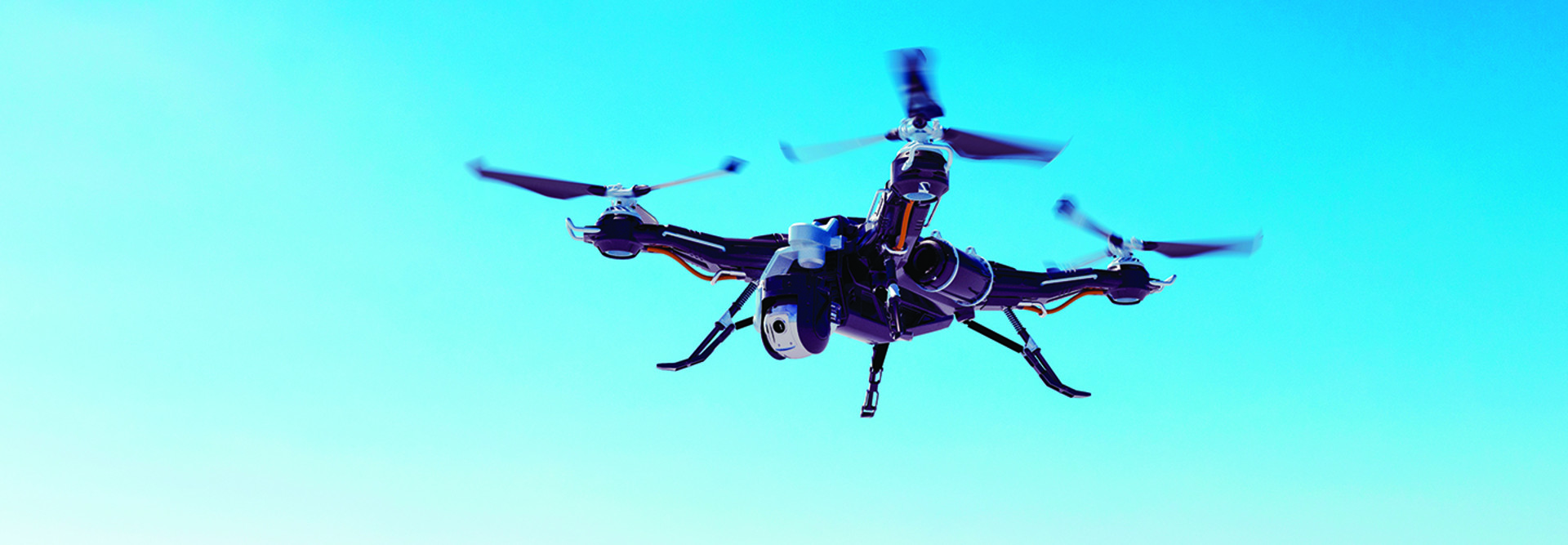As organizations navigate these new times, some are turning to a familiar tool to help: drones. Drones can help utilities with inspections, monitoring and even incident response, potentially allowing one employee to check multiple sites quickly. In a time of social distancing, limiting the number of employees engaged in such tasks can make a huge difference.
How Drones Can Be Used When Employees Can’t
Social distancing restrictions have thrown a wrench into utility inspections. Normally, an employee would be required to go to the site and perform the check in person, but using drones has helped mitigate the risks associated with that, according to Andre Louis-Ferdinand, head of UAS Technology at Natural Power.
“As travel restrictions continue in many countries and construction sites remain closed, traditional inspection methods have been seriously impacted,” Louis-Ferdinand writes in Drone Life. “But by using drones we have been able to acquire the same information from a safe distance.”
In addition to COVID-19, wildfire season is fast approaching in California. David Song of Southern California Edison tells the Daily Press that over the next few months, the utility will be using drones to monitor equipment both for employee safety and as part of their Wildfire Mitigation Plan.
“During the COVID-19 outbreak, we’re performing a balancing act by keeping our employees safe in the field while servicing our customers and taking precautionary measures to mitigate the risk of fire,” Song says.
MORE FROM BIZTECH: How analytics can power the modern utility.
Using drones can also help ensure worker safety. Often, infrastructure will have to be shut down for inspection — something that can be both dangerous and time-consuming.
“Every time we fly, we’re literally saving 2-3 days of work,” says Stephen Dorsett, a licensed drone pilot who works for Indianapolis Power & Light, in a white paper from Measure. “Without the drone, you’d have to obtain approval before even sending someone up in the truck, a process that could take days.”
“One of the most valuable things the drone does is allow us to inspect infrastructure without having to shut it down,” Dorsett adds. “This saves us hazardous manhours, improves turnaround time by several days, and eliminates paperwork.”
Shortening the turnaround time for fixes is also a big advantage. Jessica Franklin, who is a transmission operations engineer at Indianapolis Power & Light, says that drones can often find additional issues they weren’t necessarily looking for, catching problems before they become bigger.
“When you have a knowledgeable operator, you can do a flight, find the problem, find the second problem, and order a resolution all in the same day,” Franklin says in the white paper.
Drone use isn’t new to utilities, but current circumstances are making their value clearer. Requiring limited human interaction and offering quick data collection, they’ll remain valuable tools for the industry.











